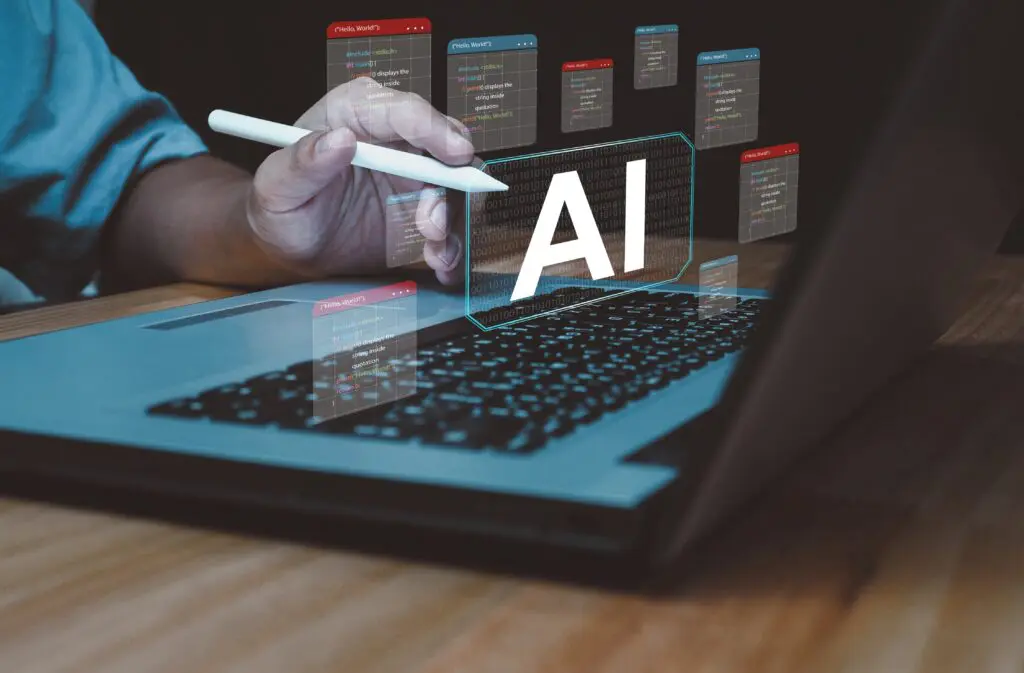AI in Debt Collection: Navigating the New Landscape in 2025
Debt collection has entered a new era in 2025, an era where artificial intelligence (AI) is not just enhancing operations but reshaping the industry itself. From personalized communication to predictive analytics, AI debt collection is changing how companies recover money and how consumers experience the process.

What Is AI Debt Collection?
AI debt collection refers to the integration of artificial intelligence technologies into the debt recovery process. These tools can analyze consumer behavior, automate communications, and improve compliance monitoring. The result? Faster resolutions, lower operational costs, and a more data-driven approach to managing outstanding balances.
For consumers, this shift means fewer intrusive phone calls and more targeted, respectful, and strategic outreach methods.
How AI Is Being Used in 2025
In 2025, AI is no longer experimental; it’s embedded in nearly every aspect of the debt recovery process. Common applications include:
- Automated Outreach: AI-powered systems send messages at the optimal time using the recipient’s preferred channel (text, email, or phone).
- Natural Language Processing (NLP): Chatbots and virtual agents now handle initial inquiries, answer questions, and guide consumers through repayment options.
- Predictive Modeling: AI assesses the likelihood of repayment and helps prioritize accounts for follow-up based on behavior and payment history.
- Sentiment Analysis: AI tools analyze communication tone to adjust strategies in real time, offering a more empathetic experience.
Benefits of AI for Debt Collectors and Consumers
For Agencies and Creditors
- Reduces time and labor costs through automation
- Increases recovery rates by targeting the right accounts at the right time
- Enhances compliance by flagging high-risk language or policy violations
- Improves scalability, allowing small teams to manage large portfolios
For Consumers
- Reduces harassment and increases transparency
- Provides user-friendly platforms to manage and resolve debts
- Offers tailored solutions based on financial behavior and capacity
- Encourages proactive financial education and engagement
Compliance and Ethical Considerations
With the increased use of AI comes the responsibility to ensure ethical practices. In 2025, debt collectors must adhere to data protection regulations, prevent algorithmic bias, and maintain clear lines of human oversight.
Consumers have the right to transparency in how decisions are made. Agencies are now required to explain how AI-generated strategies are formed and ensure individuals aren’t unfairly targeted or denied human interaction when needed.
What Consumers Should Know
If you’re contacted by a debt collector in 2025, there’s a good chance it’s AI behind that first message. Here’s how to stay prepared:
- Know Your Rights: Just because AI is involved doesn’t mean you lose protections. Debt collection laws still apply.
- Ask for Human Support: You always have the right to speak to a human representative.
- Verify All Claims: Even with high-tech communication, make sure the debt is valid and yours before proceeding.
- Track Communication: Save messages and emails for your records in case of disputes.
Challenges Facing AI in Debt Collection
Despite its advantages, AI adoption isn’t without obstacles:
- Privacy concerns: Sensitive data must be securely handled.
- Bias in algorithms: Systems may reflect flawed data sets, leading to unfair outcomes.
- Overreliance on automation: Not all scenarios are suitable for bots and algorithms.
- Loss of personal touch: Some consumers still prefer human empathy and discretion.
The Future of AI in Debt Collection
AI’s role in debt collection is expected to deepen through 2030. Innovations such as voice biometrics, advanced emotional AI, and deeper integrations with financial health platforms will soon be common. The goal? More respectful, efficient, and successful interactions for all parties involved.
But the future also depends on maintaining a balance. Human agents will continue to play a critical role in resolving complex cases, while AI handles routine outreach, segmentation, and analysis.
Final Thoughts
AI in debt collection is transforming the financial landscape in 2025. Whether you’re a creditor, a recovery agency, or a consumer, understanding how AI works and how to interact with it can improve outcomes and reduce conflict.
At CPG Complete, we believe technology should empower, not intimidate. Stay informed, understand your rights, and leverage resources that help you navigate the ever-evolving world of debt recovery.

